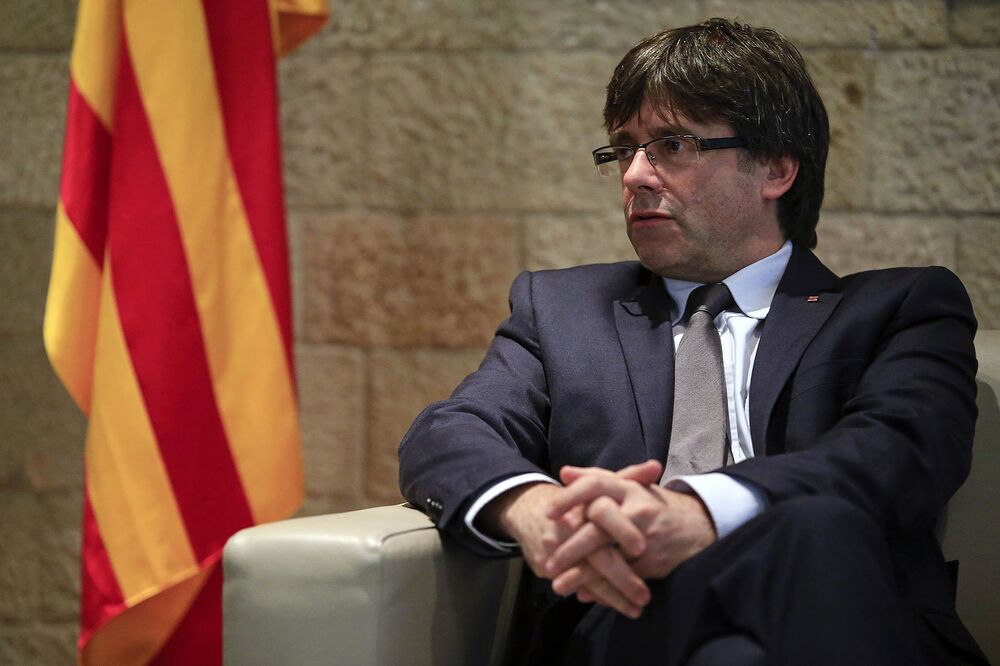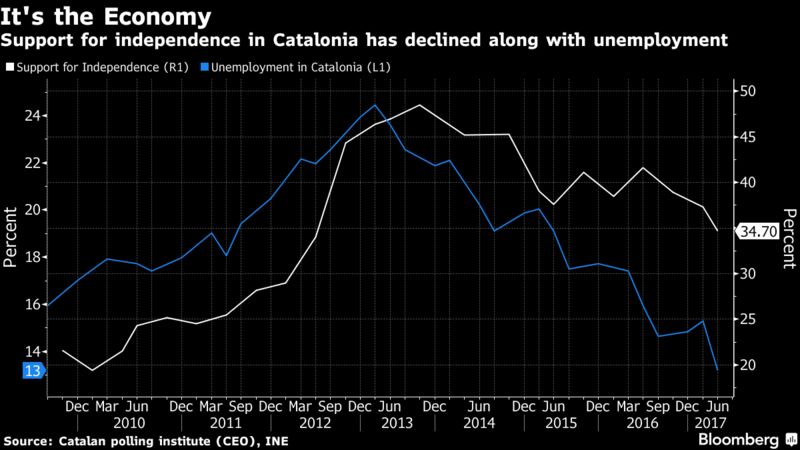The virtual currency boom echoes dotcom fever
MD: Remembering what money really is … “an in-process promise to complete a trade over time and space” … that it is only created by traders … and that for any given trading promise, it only exists for the duration of that promise … and that during that interim time, there is perpetual perfect supply/demand (i.e. zero inflation) of that money created … knowing all that, look how silly such articles like this become.
MD: Note (2025): We are now referring to the MOE (Medium of Exchange) as the RMP (“Real Money Process”). It’s a better description. We’re not involved with the medium (albeit the HUL is media). Rather, it’s a “process” of keeping track of promises… and mitigating DEFAULTs with INTEREST collections, immediately on discovery. And the process maintains the operative relation: INFLATION = DEFAULT – INTEREST = zero.
by Izabella Kaminska
In 1999, the actor Whoopi Goldberg made a bold decision. Rather than be paid for an endorsement for a dotcom start-up, she took a 10 per cent stake in the business. It seemed wise. At the time, everyone was investing in internet businesses and a rush of initial public offerings was making early investors into millionaires. I was reminded of this amid a flurry of news about the new boom in cryptocurrencies — and their celebrity backers. Ms Goldberg’s venture, Flooz, was billed as the future of money in a digital world and it hoped one day to rival the dollar.
MD: Let’s see if there is evidence that they had any clue about what money is before starting this venture. Nope!
The way it worked, however, was much less revolutionary. The service resembled a gift certificate: customers paid in dollars and received Flooz balances. These could be redeemed at participating merchants, with the hope that credits would one day circulate as money in their own right.
MD: What’s the point? How were they supposed to work without dollars kicking them off in the first place? When they replaced the dollar, what was going to create them?
The problem for Flooz was that little prevented mass replication of its model. One prominent competitor, Beenz, differed only slightly, by allowing its units to trade at fluctuating market prices.
MD: A “proper” MOE process can have no competitors. A competitor either does the exact same thing as this proper MOE process, or it isn’t competitive. And since there is no money to be made in the process (contrasted to the similar casualty insurance process where money is made on investment income), it’s not going to attract many competitors. It would be the trading commons themselves who would steward the process. We have experience with this. The internet is just such a process example … a technology commons.
Like banking syndicates before them, the ventures decided to club together for mutual benefit by accepting each other’s currencies in their networks. Even so, by 2001 both companies had failed, brought down by a lack of the one ingredient that counts most in finance: trust. Flooz was knocked by security concerns after it transpired that a Russian crime syndicate had taken advantage of its currency, while the fluctuating value of Beenz soon put users off.
MD: “Fluctuating value turning users off” is a good sign. Users aren’t as clueless as these entrepreneurs.
Their loss turned into PayPal’s gain, the latter succeeding precisely because it had set its aspirations much lower. Rather than replace established currencies, PayPal focused on improving the dollar’s online mobility, notably by creating a secure network that gained public support. This, it turned out, is what people really wanted.
MD: And PayPal missed the real opportunity by not following up. If they had gone ahead and implemented micro-transactions, I would be paying a tiny price (maybe 1 cent; 5 cents?) for reading this article. That day has to come. Supporting the likes of FT with advertising and subscriptions is just plain nonsense.
Did we learn anything from the failures of the internet boom? Apparently not. In what is looking increasingly like a new incarnation of dotcom fever, celebrities are endorsing virtual currency systems. Heiress and reality TV star Paris Hilton tweeted this week that she would be backing fundraising for LydianCoin, a digital token still at concept stage. It offers redemption against online artificial intelligence-assisted advertising campaigns.
MD: Advertising campaigns “are” artificial intelligence. We know it as propaganda. It’s annoying … and really dangerous when it reaches the minds of the stupid.
Baroness Michelle Mone, a businesswoman, announced she would be accepting bitcoin in exchange for luxury Dubai flats. What is particularly striking about this path to riches is its “growing money on trees” character.
MD: What is “particularly striking” is that someone would part with their bitcoins for one of her flats … knowing the extraordinary deflationary nature of bitcoins.
While the internet boom was dominated by IPOs, linked to a potentially profitable venture to come, this time it is “initial coin offerings” igniting investor fervour. Most ICOs do not aspire to deliver profits or returns. Indeed, from a regulatory standpoint, they cannot — most lawyers agree doing so could classify them as securities, drawing regulatory intervention which would force them into stringent listing processes.
MD: If they knew what real money was, they would know that every trader (like you and me contracting for a house or car with monthly payments) is making an ICO. What in the world is it going to take to get these brilliant idiots to recognize and understand the obvious?
That opinion was substantiated in July when the US Securities and Exchange Commission warned: “Virtual coins or tokens may be securities and subject to the federal securities laws” and that “it is relatively easy for anyone to use blockchain technology to create an ICO that looks impressive, even though it might actually be a scam.”
MD: Now isn’t that the pot calling the kettle black. The SEC is itself a scam.
So most ICOs make do by selling tokens for pre-existing virtual currencies for promises of direct redemption against online goods, services or concepts, or simply in the hope the tokens themselves will rocket in value despite offering nothing specific in return.
MD: Stupid is as stupid does. If you know that zero inflation is the right number for any money you don’t go looking for “rocketing” value. An ideal unit for money is the HUL (Hour of Unskilled Labor). We were all a HUL doing summer jobs in high-school so we can relate to them any time in our lives … and to any trade we make. The HUL itself has not changed over all time. It trades for the same size hole in the ground. With median income now at about $50,000 per year, the median person is able to trade his skilled hours for about 3.5 HULs these days. If we have been using a “Real Money Process” (RMP) all these years, the median person would be a 3.5x’er. The 3.5x factor is the real measure of value (i.e. what someone is able to trade their hours for).
They still think they can succeed where other parallel currency systems have failed, by bolting into pre- established blockchain-distributed currency systems such as Ethereum or bitcoin.
MD: A proper MOE process is totally transparent when it comes to the money creation/destruction parts of the process. Block-chain techniques (i.e. universally accessible ledger) would be helpful to enhance that transparency. But there would be no mining involved. New blocks would have to be created at any time at zero cost.
These already come with a network of token-owning users. But with the numbers of conventional merchants that will accept these currencies falling rather than rising, these holders need something more compelling to spend their digital wealth on. As it stands, the real economy can only be accessed by cashing out digital currency for conventional money at cryptocurrency exchanges. This comes at some expense.
MD: So far, the expense is insignificant … because of the enormous “guaranteed” continual deflation of the cryptocurrency itself (their ridiculous mining process). It’s kind of like the reverse of our government run lotteries. With government lotteries, you are guaranteed to lose (except for the minuscule chance you win). With cryptocurrency, you are guaranteed to win (until everyone loses as what is essentially a Ponzi scheme … with no Ponzi … it all comes down).
But with regulators clamping down on how exchanges are governed, token holders who cannot or do not want to pass through know-your-customer and anti-money laundering procedures remain frozen out.
MD: What’s disconcerting is the knowledge that if we instituted a “proper” MOE process, the regulators would clamp down on it too. It would make their current counterfeiting impossible … and it would make it impossible for money changers to demand tribute. That would just not stand. Regulators and governments everywhere are a major part of our problem.
That leaves their holdings good for only three things: virtual currency speculation, which is ultimately a zero-sum game; redemption against dark-market goods or capital control circumvention. It is assumed ICOs offering real goods, services or real estate in exchange for cryptocurrencies can somehow tap into this sizeable, albeit potentially illicit and restricted, wealth pool.
MD: Real estate wants positive inflation. Money changers in real estate do not want real money (there’s no leverage in it … time value of real money is guaranteed to be perpetually 1.0000) … and for sure they don’t want money that is guaranteed deflationary.
Yet if competing unregulated economies really start gaining traction, governments will act. China’s central bank has already branded ICOs an illegal form of crowdfunding and more rulings are expected from other jurisdictions in coming weeks.
Then again, if history teaches us anything, the system’s own propensity to cultivate fraud and unnecessary complexity in the face of more secure and regulated competition may be the more likely thing to bring it down.
MD: Actually, if you crowd (i.e. encroach on) the money changers existing con … “they” are likely to bring it down. “Real” money crowds money changers out of existence. That will not stand. Too bad for us traders and producers in society.
When given the choice, people usually opt for security.
MD: Which of course we don’t have … if you call government taking 3/4ths of everything we make …. you can’t call that security. I call it slavery. If you call money changers taking “all” taxes we pay as tribute … leaving governments (which the money changers instituted to protect their con) to sustain themselves by counterfeiting … I call that criminal.
izabella.kaminska@ft.com Copyright The Financial Times Limited 2017. All rights reserved. You may share using our article tools. Please don’t copy articles from FT.com and redistribute by email or post to the web.
MD: I am openly violating this request. My comments are far more valuable than anything to be learned in this article. And the fairest way to make my comments is to intersperse them in the disinformation that these articles present.





